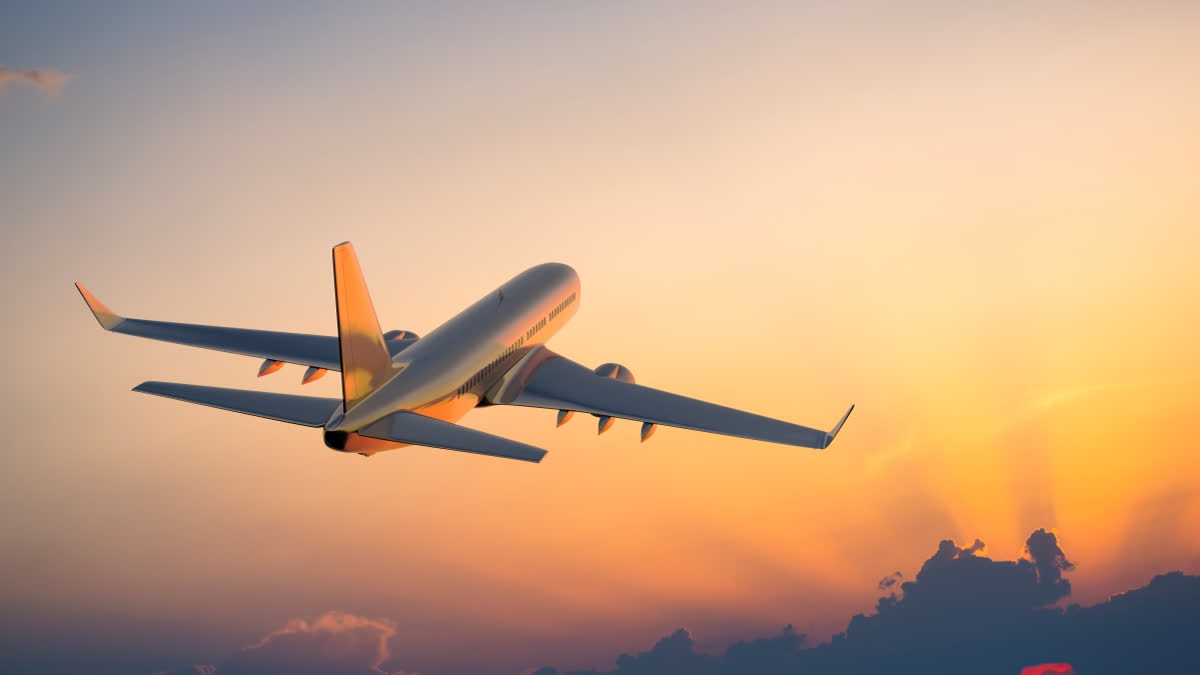Hyderabad:The Airline business has been in the news over the last few weeks. It started with the good news about companies in India lining up to order nearly 1120 airplanes for their business development plans in the next year – a big jump from the nearly 300 commercial airplanes at present.
The World’s largest airplane manufacturers, Boeing (USA) and Airbus (European consortium owned by Germany, France, Spain and other shareholders from the UK, Belgium and Italy) are extremely optimistic about the demand for airplanes in India. While Airbus predicts that India will need 2840 new planes in the next 20 years; Boeing predicts that India will need 2500 new airplanes by 2042. International airlines usually hire between 100 to 150 persons for every airplane they operate. Hence, the human resources required for efficient operations should be substantial; unfortunately, there is a huge shortage of skilled human resources.
Airbus predicts that India will need an additional 41,000 pilots and 47,000 technical staff to service these new airplanes. Akasa Air presently has 76 aircraft and has placed an order for 150 Boeing 737 MAX type and these are expected to be delivered in a phased manner till 2032. Air India, now owned by the Tata Group, wants to induct 470 new airplanes over the next few years. Indigo has planned to acquire 500 Airbus airplanes in the next 10 years.
However, airlines are a difficult business and the last two decades witnessed at least five airlines going bankrupt in India. The nature of the business was succinctly put forth by Richard Branson, the British entrepreneur who owned Virgin Airlines in the UK, who once said that if one wants to be a millionaire in the airline business, one should start as a billionaire.
The Sector
While the common perception is that the Air travel and aviation sector are those for the rich, the growing reality is that unlike four or five decades ago, air travel is now within the reach of some parts of the middle-income groups in a country like India.
This is in part due to rising incomes, growing corporate travel and ever-growing spending by middle-income groups. The aviation sector is also an economic enabler in most developed countries. Its role in the economy of India is growing fast. Globally the Aviation sector contributes about US$3.5 trillion to the global GDP and has a multiplier effect of 1.
As a generalization, this means that Rupees One spent by the aviation sector add another Rupee One to the economy by supporting other economic activities. It has been pointed out that globally it supports about 1.13 crore direct jobs and another 8.3 crore indirect jobs. About 58% of all international tourists travel by air 1. However, in India Civil aviation is a sector that is quite small, but one that has huge potential: direct employment in the aviation and aeronautical manufacturing sector is about 2.5 lakhs.
The reduced losses, growing passenger traffic, and recovering economy have led to optimism that employment in the Civil Aviation sector could increase by nearly 40% in the next 3 years. One of the growth areas is expected to be aeronautical manufacturing and those related to the maintenance, repair and overhaul (MRO) segment wherein, with the right policies India can take advantage of its strategic location.
However, so far India has not been able to attract most of the large multinational businesses due to its restrictive economic policies resulting in it losing business to the Middle Eastern countries. India has 148 airports of which 17 are international airports. By 2030, it is expected that there will be 200 airports. Last year nearly 15.3 crore Indians used domestic commercial airlines against 6.95 crores in 2004 and this is expected to double by 2030.
International passenger traffic is expected to be around 3.1 crores this financial year. On average India’s airlines carried about 4.17 lakh passengers per day and the number of domestic flights were 2891. Despite this rise in number of flyers, most airlines lose money and the net losses of airline companies were an estimated Rs.17,000 crores in 2022-23 but are expected to reduce sharply to around Rs.3000 crores this financial year.
The rating agency ICRA, notes that the revenues of the aviation industry have increased sharply: from a pre-covid Rs.84970 crores in the financial year 2019-20 and is expected to touch about Rs.1,11,000 crores in the present financial year. This is due to increased pricing power and the ability to charge higher prices as air travel recovers from the impact of the pandemic. Reduced capacity due to supply chain issues has only helped increase prices. Among the bigger challenges for India’s civil aviation sector is the one caused by supply chain and maintenance issues.
In the last year, nearly 150 aircraft were unable to fly due to supply chain issues, maintenance issues and safety concerns. This was also due to the problems in about 25% of the airplanes that used a particular type of engine (Pratt & Whitney) – which came at a time when passenger traffic was increasing. On average about 20% of the fleet was unable to fly. Airlines lose a lot of money if the planes are grounded and this invariably leads to an increase in maintenance costs.
